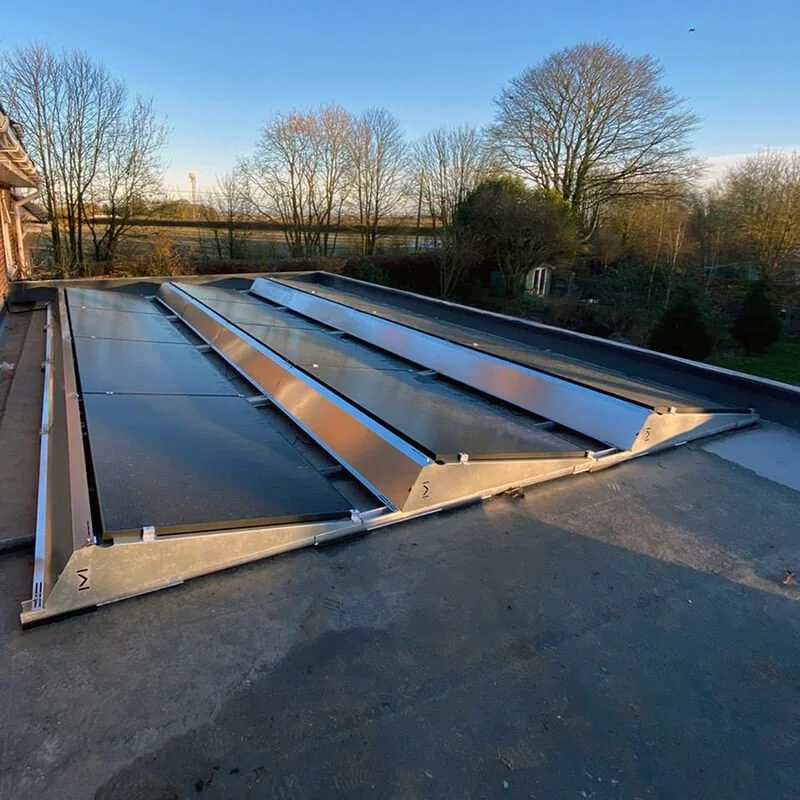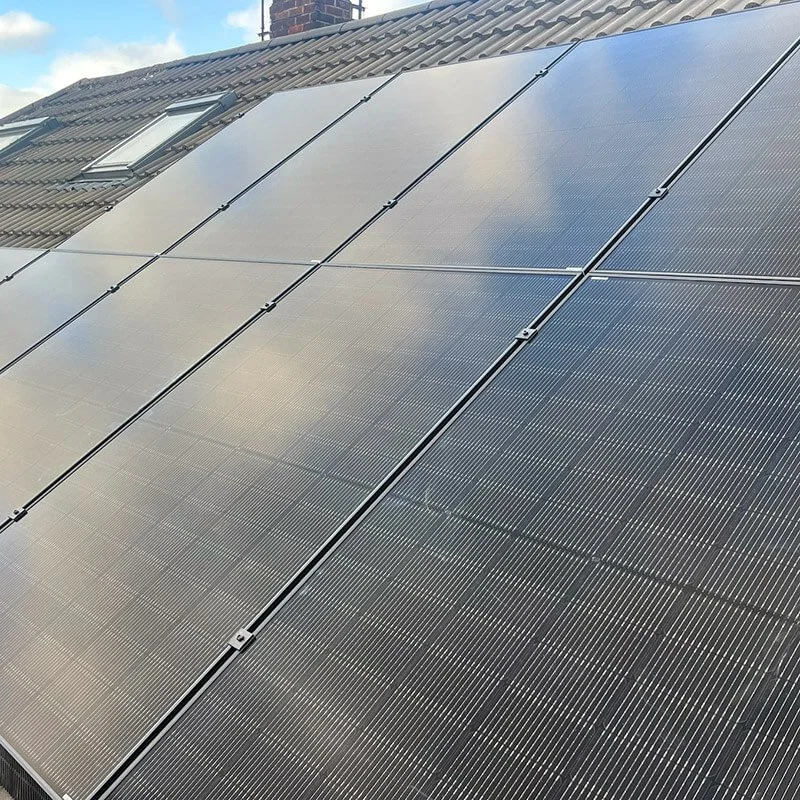What Is Solar PV and How Does It Work?
Photovoltaic (PV) technology is the science of converting sunlight into electricity using semiconductor materials, typically silicon-based solar cells. The process involves the generation of a direct current (DC) electrical voltage when sunlight strikes the semiconductor material within solar panels.
Here's a step-by-step explanation of how this photovoltaic technology works:
Solar Cells
The basic building blocks of a solar panel are solar cells, which are made from semiconductor materials, often crystalline silicon. These materials have unique properties that allow them to convert sunlight into electricity.Photons and Electron Excitation
When sunlight, composed of photons (particles of light), reaches the surface of a solar cell, it interacts with the semiconductor material. The energy from the photons excites electrons in the semiconductor, causing them to move within the material.Generation of Electron-hole Pairs
The energy from the photons is sufficient to create electron-hole pairs within the semiconductor. Electrons gain energy and become free to move, leaving behind positively charged "holes" in their original positions.Electric Field Formation
The semiconductor material is purposely treated to create an electric field. This is typically achieved by introducing different layers with varying electrical properties. The electric field helps guide the movement of the free electrons and holes.Electron Flow
Due to the electric field, the free electrons move towards the front surface of the solar cell, while the positively charged holes move towards the back surface. This directional flow creates an electric current.
A flat roof-mounted solar PV system for a domestic extension building.
A typical domestic sloped roof-mounted solar PV system.
Metal Contacts
Metal contacts on the front and back surfaces of the solar cell collect the electric current generated by the movement of electrons. These contacts facilitate the flow of electrons out of the solar cell and into an external circuit.Direct Current (DC) Output
The collected electric current is in the form of direct current (DC). This DC electricity can be used immediately to power DC devices or can be converted into alternating current (AC) using an inverter for use in standard electrical systems.Solar Panel Formation
Solar panels are created by connecting multiple solar cells in a specific arrangement and encapsulating them with protective materials, such as glass and polymers. This arrangement allows for the efficient capture and conversion of sunlight into electricity.Solar Array
Multiple solar panels can be combined to form a solar array. Solar arrays, in turn, can be scaled up to create larger installations, such as those commonly seen on home rooftops throughout the UK or across the countryside in solar farms, to meet the energy needs of residential, commercial, or industrial applications.
The efficiency of a solar PV system depends on various factors, including the quality of the solar cells, the angle and orientation of the panels relative to the sun, and environmental conditions, which our MCS-CErtified team take into account when providing you with an estimate for a solar PV system installation.
Advances in PV technology continue to improve the efficiency and cost-effectiveness of solar panels, making them a widely suitable and sustainable source of electricity.
If you have a question regarding solar PV technology, or if you would like to speak to an expert to understand how a solar panel system could contribute to achieving a Net Zero property, and save on energy costs, please contact us.


